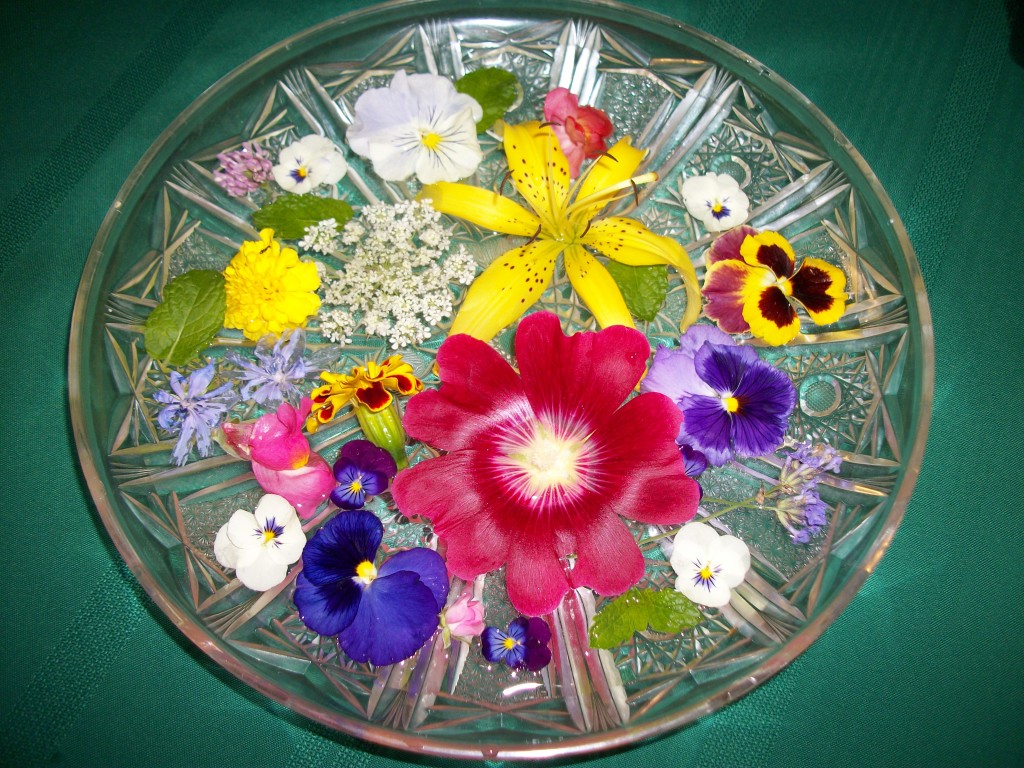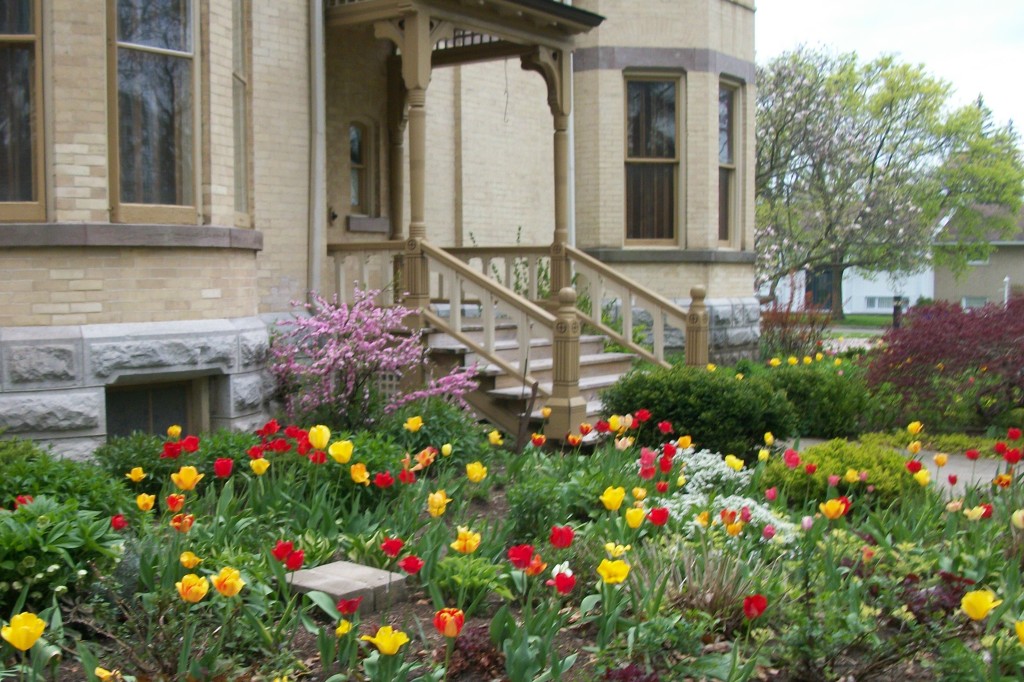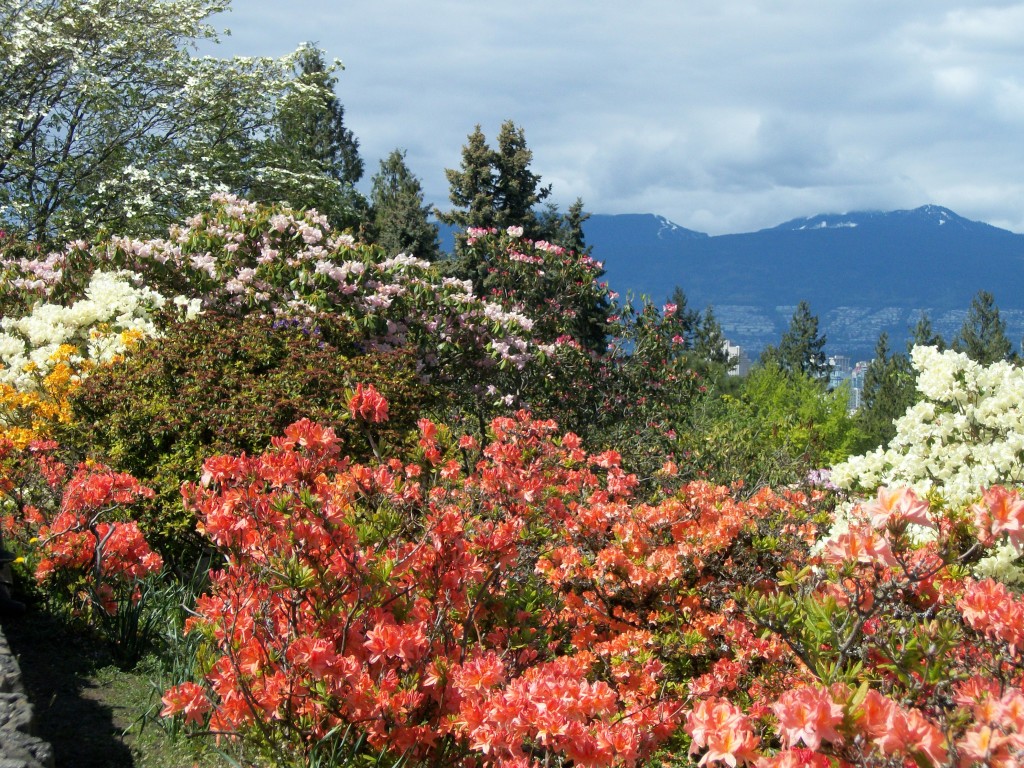It’s Still Just Dirt, The Tillsonburg News – September 2016
by Angela Lassam
Although it is still unusually hot for this time of the year all our gardens are showing signs of the shorter days. Early mornings there is mist over the ponds and it is wet underfoot. The canning and freezing of your harvest has slowed down and now is the time to look at your garden and decide what you would like to change for next year.
I prefer to divide perennials or relocate them in the fall. I have found a huge change in a plant when relocating it contrary to growing directions. There are many ways to divide but it does take time to do it successfully. Simply dig up the plant you need to work with and decide which method you should use from looking at the root.
Different types of root needs different tools. Tubers and rhizomes should be cut with a knife. These include Iris, Dahlias and Cannas. Woody crowns should be sliced with a handsaw. Astilbe, Peonies, Solomons Seal and Bears Breeches can be found in this category. A spade or pitchfork is useful for Bee Balm, Aster, Coneflower, Daylies and Garden Phlox.
Of course the easiest method is by hand and amongst those are Columbines, Jacobs Ladder, Sweet Woodruff and Yarrow. Spurge is a plant that produces a sap which is a skin irritant so care should be taken when handling it. Carnations, Delphiniums and Sea Holly are among those that should not be divided. If you are going to do this there is good information on this website http://www.finegardening.com/10-tips-dividing-perennial-plants.
We are all tempted to deadhead and cleanup but according to Paul Zammit, our speaker of the month we should let our landscape change with the seasons and allow the pollinators the space to keep our gardens thriving in the future. We should not make our gardens look manicured rather leave them as nature intended. Due to the decrease in open land and natural vegetation all pollinators are on the decline as their food sources are depleting worldwide.
The Honey Bee is a species which arrived in Canada with the Europeans. Our native bee is called the Mason Bee. Butterflies, moths, flies, spiders, beetles, ants and bats all contribute to pollination but do not forget that the wind plays a natural part. We need open types of flowers instead of the more popular double varieties to allow the bees to transfer pollen (protein) and nectar (honey). Also if you are adding bulbs to your garden this fall consider some early Crocus as the bees will seek them out. We have been told to help by allowing nature to do its job and not try to alter the biodervisity of the world.
Next meeting is on October 4th @7.30 pm in the Seniors Centre Auditorium, Tillsonburg Community Centre. The presentation is about the Royal Botanical Gardens, Toronto and will be given by John Peters RBG Curator and Manager of Plant Records. Non-members welcome. Non-members $2 per meeting so come and enjoy a social evening. Also you can become a member at any meeting and get extra benefits along with friendship and fun.
Members just a reminder it is the Photo Competition this meeting.
For information about the Tillsonburg Horticultural Society visit tillsonburghorticultural.ca.online.


